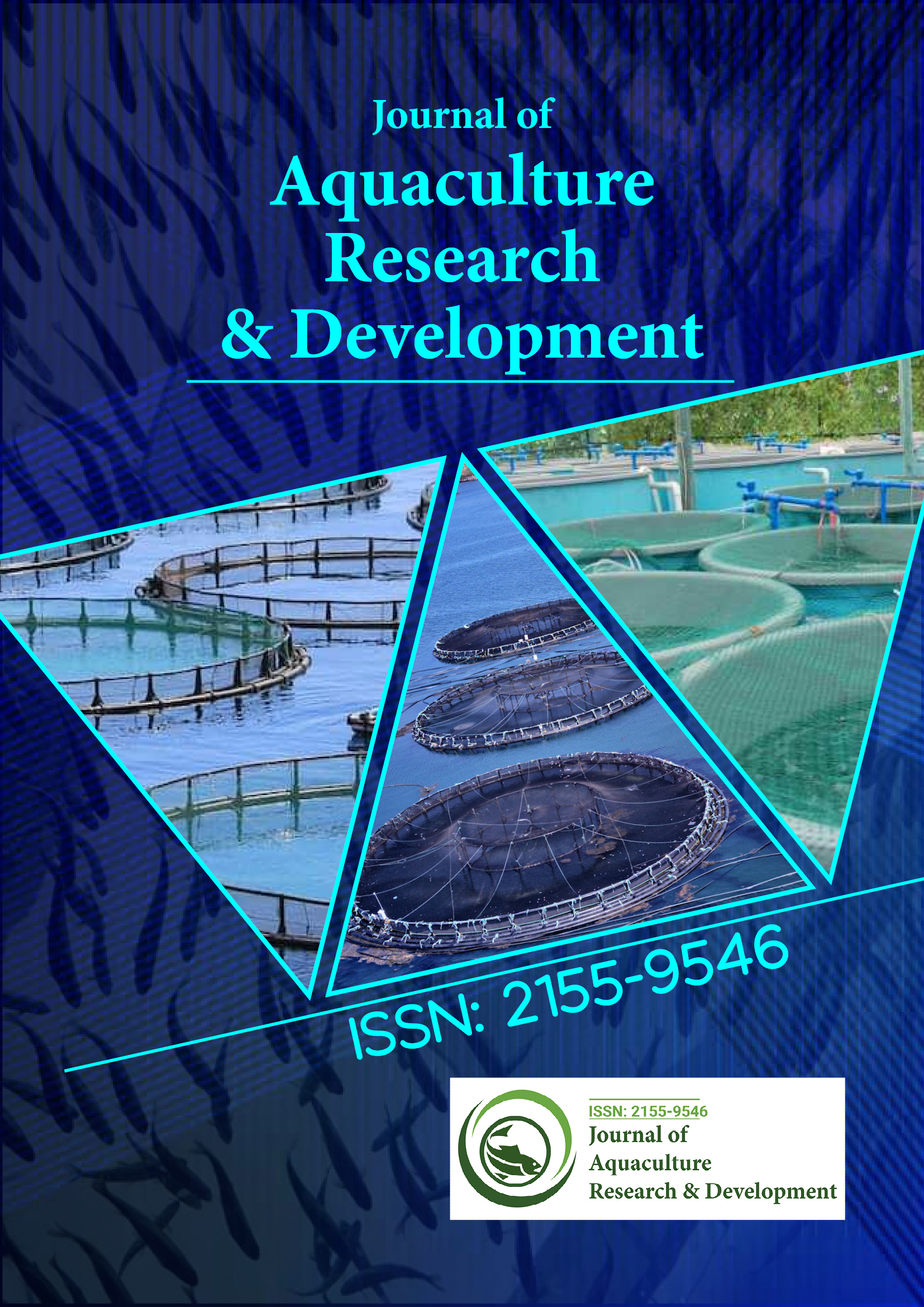Indexado em
- Acesso Online à Pesquisa em Meio Ambiente (OARE)
- Abra o Portão J
- Genamics JournalSeek
- JournalTOCs
- Scimago
- Diretório de Periódicos de Ulrich
- Acesso à pesquisa on-line global em agricultura (AGORA)
- Biblioteca de periódicos eletrônicos
- Centro Internacional de Agricultura e Biociências (CABI)
- RefSeek
- Diretório de Indexação de Periódicos de Pesquisa (DRJI)
- Universidade de Hamdard
- EBSCO AZ
- OCLC- WorldCat
- Scholarsteer
- Catálogo online SWB
- Biblioteca Virtual de Biologia (vifabio)
- publons
- MIAR
- Comissão de Bolsas Universitárias
- Euro Pub
- Google Scholar
Links Úteis
Compartilhe esta página
Folheto de jornal

Periódicos de Acesso Aberto
- Agro e Aquicultura
- Alimentos e Nutrição
- Bioinformática e Biologia de Sistemas
- Bioquímica
- Ciência de materiais
- Ciencias ambientais
- Ciências Clínicas
- Ciências Farmacêuticas
- Ciências gerais
- Ciências Médicas
- Cuidados de enfermagem e saúde
- Engenharia
- Genética e Biologia Molecular
- Gestão de negócios
- Imunologia e Microbiologia
- Neurociência e Psicologia
- Química
Abstrato
Avanços Recentes em Pesquisas sobre a Via Imunológica do Camarão Envolvida na Regulação dos Genes do Vírus da Síndrome da Mancha Branca
Yihong Chen, Xiaoyun Li, Jianguo He*
O camarão é uma espécie importante de aquicultura. Litopenaeus vannamei, Fenneropenaeus chinensis, Marsupenaeus japonicus e Penaeus monodon são as principais espécies cultivadas no mundo. O rendimento da cultura do camarão foi de cerca de 3.130.000 toneladas no ano de 2013. Embora a indústria do camarão tenha feito grandes progressos na última década, as doenças do camarão ainda colocam em risco o desenvolvimento saudável desta indústria. Por um lado, a ocorrência de doenças do camarão foi o resultado de tipos de infecção por microrganismos patogênicos, como WSSV. Por outro lado, o estresse ambiental também desempenhou um papel importante no surto de doenças. Os pesquisadores têm prestado mais atenção ao sistema imunológico do camarão e ao mecanismo de resposta ao estresse ambiental atualmente. O sistema imunológico do camarão, incluindo barreiras físicas, imunidade celular e imunidade humoral, foi importante para o camarão combater doenças. Entre estas, a imunidade humoral foi a mais bem estudada. Atualmente, as principais vias do sistema imunológico do camarão, incluindo a via TLRs, a via IMD, a via JAK-STAT, a via RNAi, a via P38 MAPK e a via JNK demonstraram desempenhar papéis importantes na imunidade do camarão. Enquanto isso, a resposta de proteína desdobrada do camarão (UPR) foi considerada o núcleo de seu sistema de resistência ao estresse ambiental. Além da via ATF6, os outros dois ramos da UPR, a via IRE1-XBP1 e a via PERK-eIF2α demonstraram existir e tiveram efeito na resposta ao estresse ambiental do camarão. Esses estudos também revelaram um segredo do WSSV: ele ativou e usou uma série de vias imunológicas, bem como a UPR do camarão, para aumentar sua replicação de genes. Esta revisão pretende apresentar o mais recente desenvolvimento na imunidade inata do camarão, UPR, e sua regulação no WSSV. Também nos ajudará a entender a relação entre a resposta imune humoral/UPR do camarão e a infecção por WSSV.